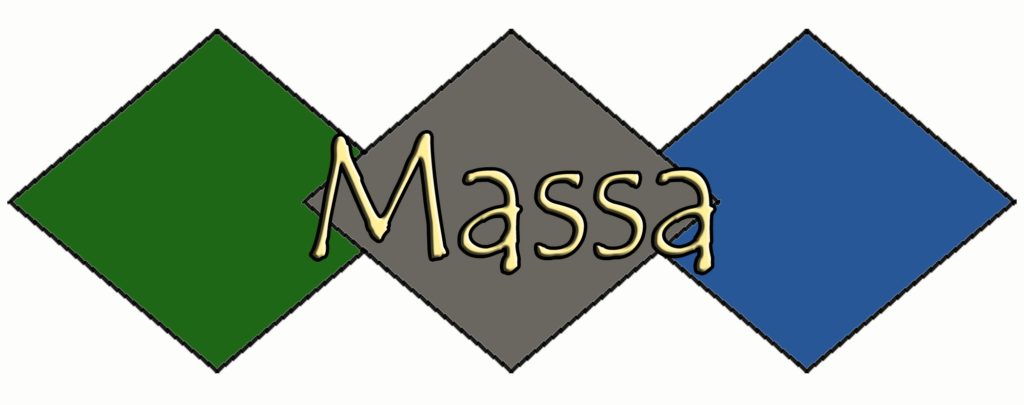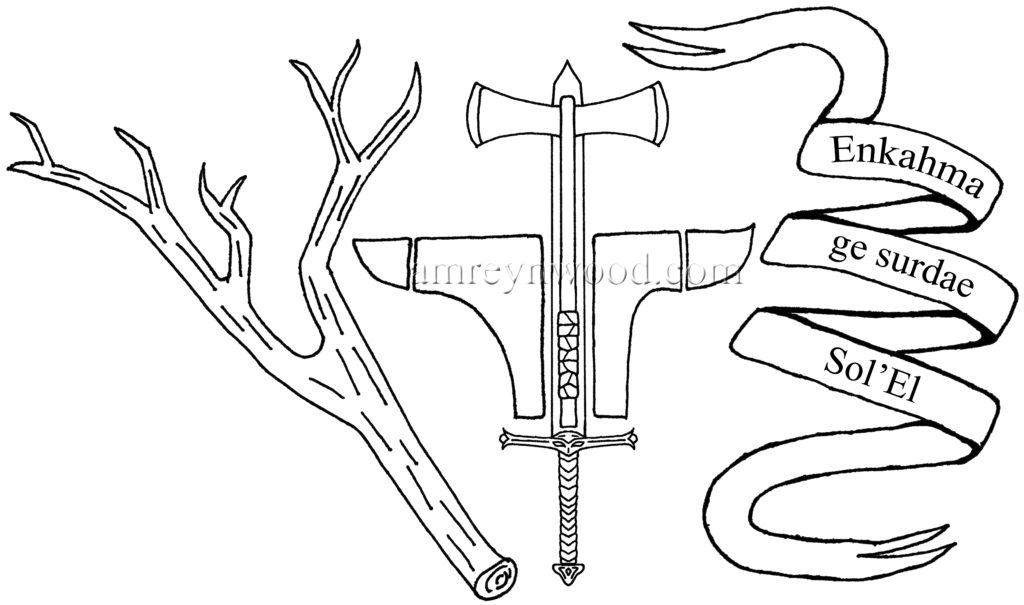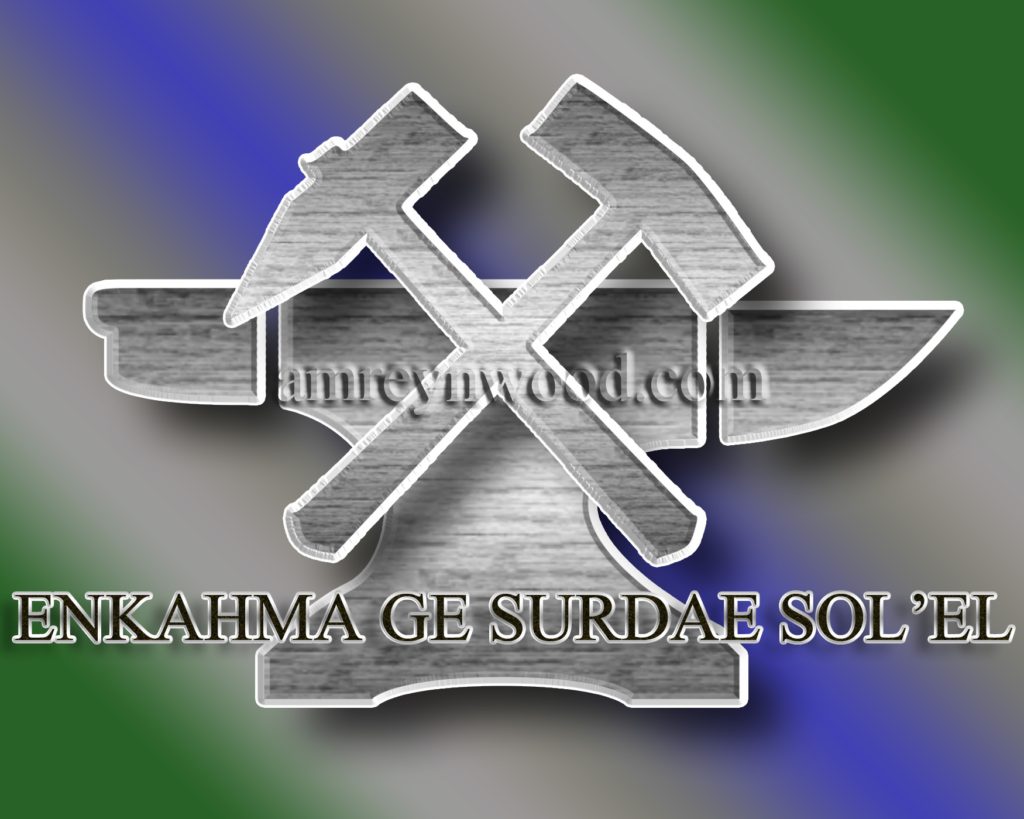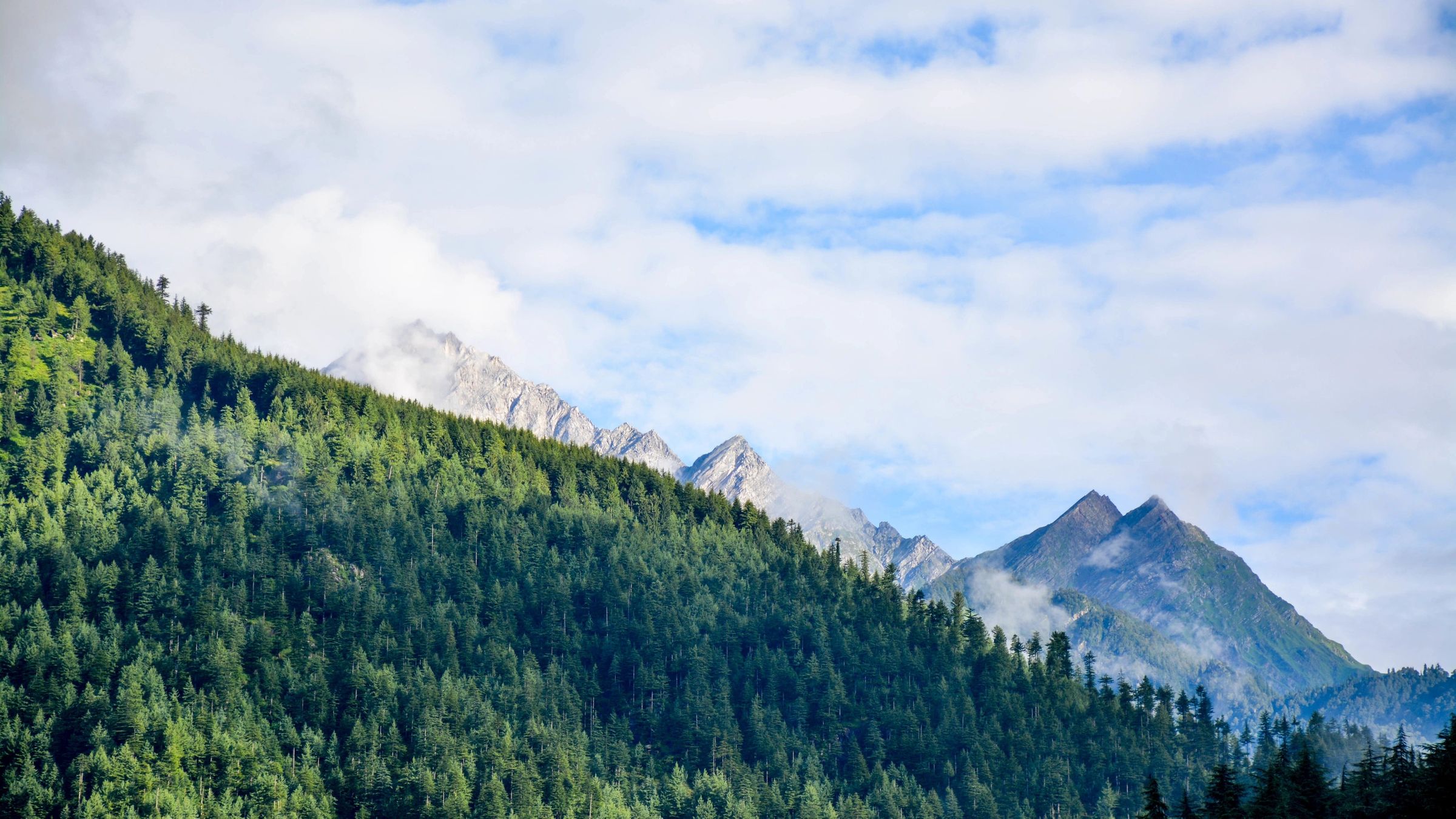Greetings and welcome, beloved Readers! We’re back this week with another Falconsbane feature post. Following our (somewhat) methodical tour through the land of Phen, visiting its regions and their varying militaries, we have now come to the region of Massa.

True story: in the first development stages of the idea for Falconsbane, when it was yet known as The Druyds of Phen and my maps were sketched out on the inside covers of a notebook, the region was originally called Rassa (vastly different, I know, right?) Anywho, after a brief series of rather uneventful events I decided to switch the name, and it’s been Massa ever since. I don’t know about you, but I like it better with the ‘M’.
Massa is one of the largest regions of Phen, located on the eastern side of the country, and is shaped kind of like a leg and foot, actually. It’s just north of Nyan, at about the heel, and its toes meet the border with Kedash to the west. The top of the foot, as well as the ankle and shin, border the region of Zuar. Running through the middle of Massa is the River Geron, which flows from where it enters the country farther north in Ashelon and heads south until it feeds into the Adrian Sea at the bottom of the ‘foot’. The river forms a good stretch of Massa’s border with the foreign country to the east known a Mehdai, and the northern half of the region is covered in the gigantic forest that stretches across the entire country all the way to the mountains in Gadrei. Whew.
The Massan people are craftsmen, metalsmiths and carpenters. They log the forest and export building materials and furniture across the country and beyond, and it was in the Massan forges that the exceptional steel which makes up Phen’s arms was first smelted.

Every military has its varying branches which specialize in different aspects of war. Massa’s armed forces are the cavalry, the armored knights, the tanks. Massans already come in size large, and their horses resemble bears more than equines (according to Roscha, anyway). They’re the powerhouses, the battering ram that smashes through enemy forces and scatters them like flies ─ and that’s about the extent of their strategical prowess. They are at their best in melee, after shattering the enemy’s front line. They wear the most armor and wield the heaviest weaponry, which range from double bladed swords to axes, maces, and on occasion the morning star. These men are notoriously tough to beat, often described as immune to injury, and like their brothers to the west, the Zuarmen, they are fierce in battle and brutal. This is displayed fairly well in one of their marching mantras: ‘Beasts and stones tear flesh from bones, but Massans are more thorough.’ They like to attribute it to the attitude of giving their all for the purpose toward which they are fighting, and this sentiment happens to be the theme of their regional motto.

The anthem by which the Massans live and their warriors fight is ‘Enkahma ge surdae Sol’El’, which translates into the idea of ‘All for the One’. This carries a twofold meaning. The language used indicates that the ‘all’ implies both ‘everyone’ and ‘everything’, meaning ‘all the people/all of us’, as well as the entirety of an individual, ‘all my might’. It’s the idea that everything that person is, their strength, mind, passion, talents, etc. are for this One, meaning Avin’El, the God of the Phennish people. The term Sol’El is a name often attributed to Avin’El, which means ‘one and only God’.
This motto serves as a reminder to the people of how they have devoted themselves to live, as well as a warning to their enemies to beware, for they are a no-holds-barred kind of people, unreserved and zealous in all that they do.



Be First to Comment